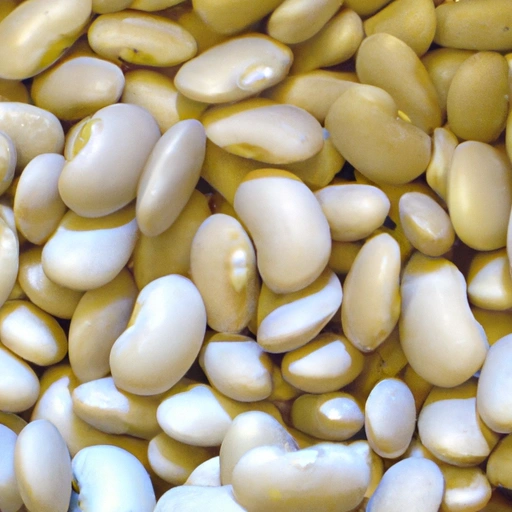Lima Bean
Description

The lima bean, also known as the butter bean, is a legume that's prized for its soft texture and subtly sweet flavor. Native to Central and South America, it has become a staple ingredient in various cuisines globally. In cooking, both fresh and dried lima beans are used, with the latter requiring soaking before preparation. Lima beans are sold in various sizes and can be found in pre-packaged containers as well as in bulk.
Common uses
Lima beans are commonly used in soups, stews, salads, and casseroles. They are also pureed for spreads or dips and can complement various vegetables and grains. In some cultures, lima beans are a traditional ingredient in certain celebratory dishes or festive meals.
Nutritional value
Calories
In a 100-gram serving (about 3.5 ounces or 1/2 cup cooked), lima beans contain approximately 115 calories (481 kJ).
Protein
Lima beans provide about 8 grams of protein per 100-gram serving, making them a significant plant-based protein source.
Fat
These beans are low in fat, with less than 0.7 grams per 100-gram serving, predominantly comprising heart-healthy unsaturated fats.
Carbohydrates
Carbohydrates account for approximately 20 grams per 100-gram serving, with a notable amount of dietary fiber of about 7 grams.
Vitamins
Lima beans are a good source of B vitamins, particularly folate (vitamin B9), and also contain vitamin C.
Minerals
They are rich in essential minerals such as potassium, phosphorus, magnesium, and iron.
Health benefits
Lima beans are beneficial for heart health due to their fiber content, which can help lower cholesterol levels. The fiber also aids in digestion and blood sugar regulation, making these beans ideal for diabetic diets. Additionally, their folate content supports cell division and DNA synthesis, which is critical during pregnancy.
Potential risks
Raw lima beans contain linamarin, which can release cyanide when consumed. Therefore, it is important to cook them thoroughly. People with specific food allergies or those taking MAO inhibitors should also be cautious when incorporating lima beans into their diet.
Common recipes
Lima beans can be found in a variety of recipes, including succotash, a classic American dish, as well as Mediterranean salads, Middle Eastern stews, and Indian curries.
Cooking methods
Methods of cooking lima beans include boiling, steaming, and slow-cooking. They are often soaked overnight to reduce cooking time and improve digestibility.
Pairing with other ingredients
These beans pair well with corn, tomatoes, onions, and a variety of herbs and spices. They can also be complemented by meats, such as pork, or other protein-rich foods like quinoa.
Summary
Lima beans, with their versatile nature and broad geographic usage, offer a wealth of nutritional benefits and culinary possibilities. From traditional dishes to modern health-conscious recipes, lima beans can be adapted to suit a variety of tastes and dietary needs, making them a valued ingredient in kitchens around the world.